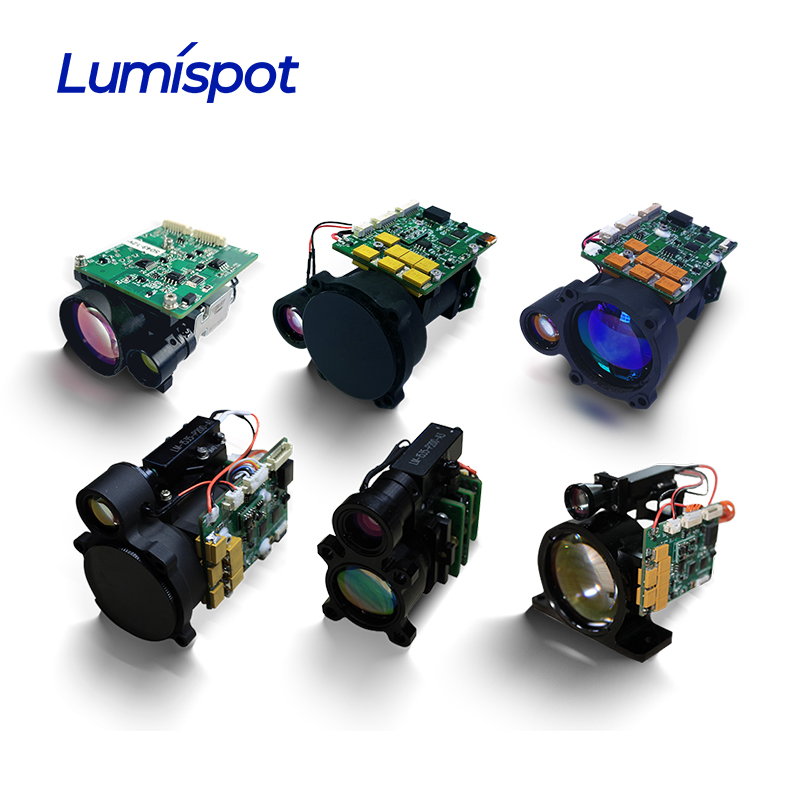When purchasing a laser ranging module for any application, particularly for unmanned driving, several key elements should be considered to ensure the module meets the specific needs and requirements of the application:
1. Range: the maximum and minimum distances the module can accurately measure. Ensure the module can measure distances suitable for your application, whether it’s short-range for indoor use or long-range for outdoor and automotive applications.
2. Accuracy and Precision: the degree to which the measurement results align with the actual distances. High accuracy and precision are critical for applications requiring exact measurements, such as autonomous driving.
3. Resolution: the smallest distance change the module can detect. Higher resolution provides more detailed and nuanced distance measurements.
4. Beam Divergence: the spreading of the laser beam over distance. Lower beam divergence means a more focused beam, which is beneficial for long-range accuracy and detecting small objects.
5. Scanning Frequency: the rate at which the module can take measurements, usually expressed in Hertz (Hz). Higher scanning frequencies provide more real-time data, which is crucial for fast-moving applications like autonomous vehicles.
6. Field of View (FOV): the angular extent of the observable environment the module can cover. A wider FOV allows for better detection of surroundings, which is essential for navigation and obstacle avoidance.
7. Size and Weight: Smaller and lighter modules are easier to integrate into space-constrained and weight-sensitive applications, such as drones and autonomous vehicles.
8. Power Consumption: Lower power consumption is desirable for battery-operated devices to prolong operational time.
9. Environmental Robustness: The module’s ability to operate under different environmental conditions (temperature, humidity, dust, etc.). Ensure the module can withstand the conditions of your specific application, especially for outdoor and automotive use.
10. Interface and Compatibility: The communication interfaces the module supports (e.g., UART, I2C, SPI, Ethernet). Compatibility with your existing hardware and software systems is crucial for seamless integration.
11. Cost: Ensure the module fits within your budget while meeting all technical requirements.
12. Support and Documentation: Good technical support and comprehensive documentation can significantly ease the integration and troubleshooting process.
13. Reliability and Durability: Consider the module’s lifespan and robustness, especially for critical applications where failure is not an option.
14. Manufacturer Reputation: Purchasing from a reputable manufacturer can provide assurance of quality and support.
Considering these elements will help you select a laser ranging module that is well-suited for your specific needs and ensures reliable and accurate performance.
Lumispot
Address: Building 4 #, No.99 Furong 3rd Road, Xishan Dist. Wuxi, 214000, China
Tel: + 86-0510 87381808.
Mobile: + 86-15072320922
Email: sales@lumispot.cn
Website: www.lumispot-tech.com
Post time: Aug-12-2024

